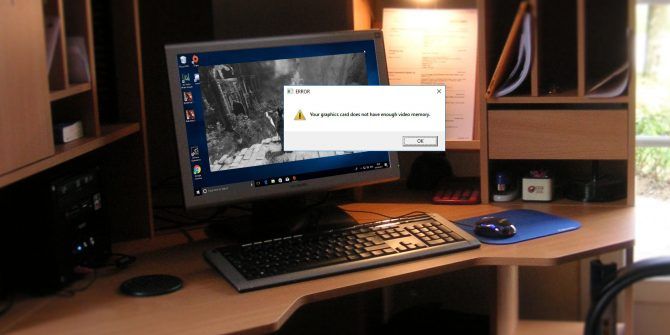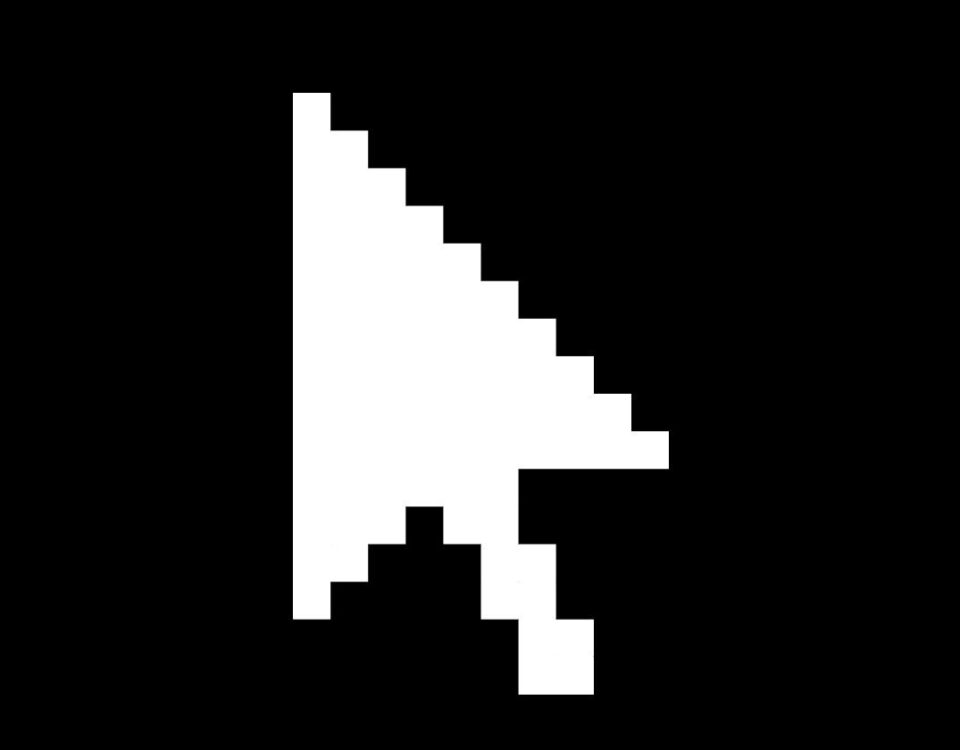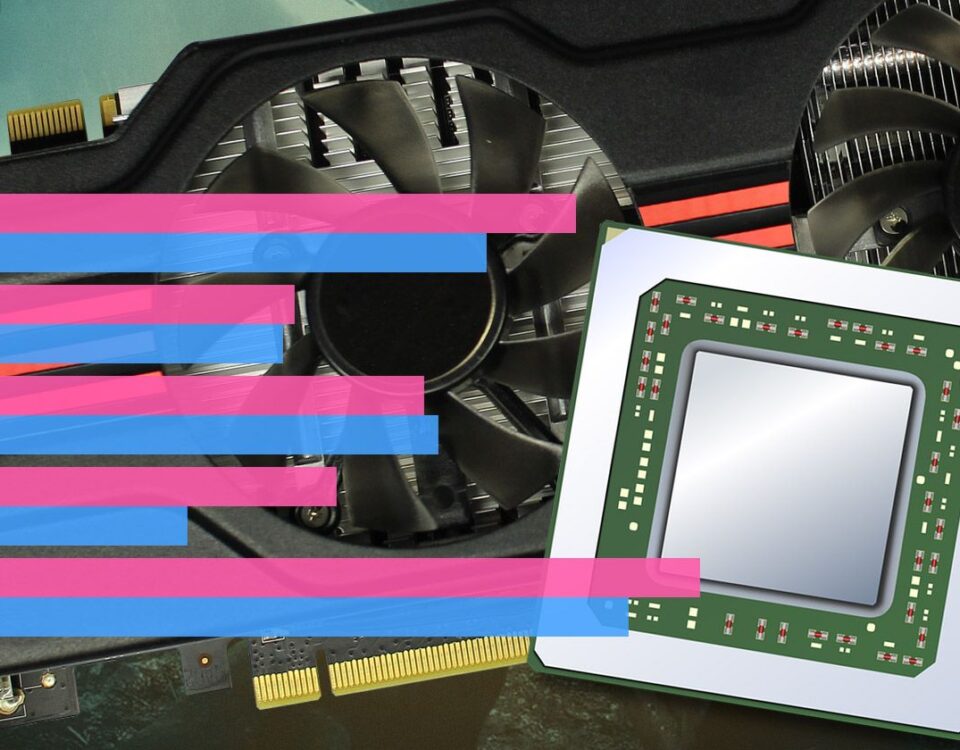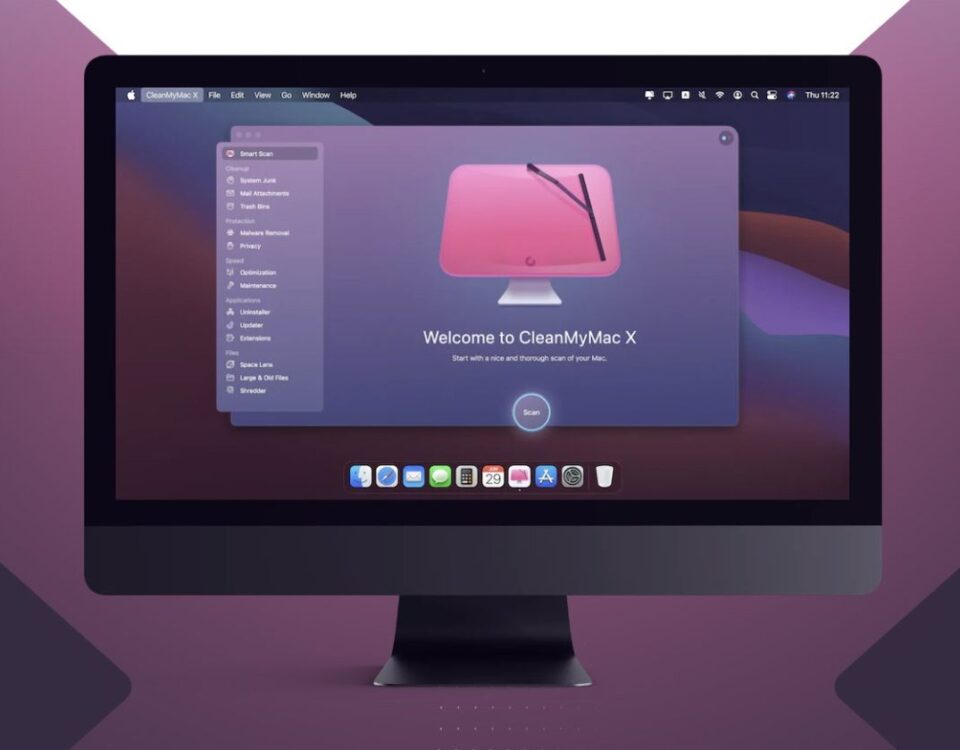
You Can Now Run Adobe Photoshop Natively on Windows 10 ARM
19 mayo, 2021
The Windows 10 May 2021 Update Is Out Now
19 mayo, 2021Buying a Used DSLR Camera? 3 Things You Have to Look Out For
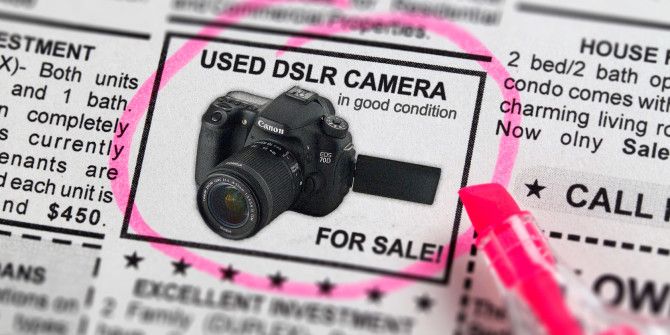
¿Comprar una cámara DSLR usada? 3 cosas que tienes que buscar
The truth is, there are few tangible benefits to buying a new DSLR camera over a used DSLR camera. The few benefits that do exist will be negligible to most ordinary people.
Deciding between buying a new DSLR and a secondhand model should be a no-brainer, especially if your work is casual or geared toward a small format presentation. We’re here with the full disclosure on why you should buy a used DSLR and how to do so responsibly.
Why Buy a Used DSLR?
Some will balk at the notion of choosing a piece of equipment that has seen some love. “Used” is not synonymous with “inferior.” After all, many camera owners take meticulous care of the equipment that they use.
If someone were to buy a new DSLR and never end up taking any photos with it, they’ll likely be able to enjoy it indefinitely. As long as a fresh new battery is available every time they want to turn it on, that camera will last a long time.
The used cameras that you’re looking at may have seen a bit more use. But if the previous owner took good care of their device, it will likely still have a long life ahead of it.
That said, you shouldn’t automatically assume that every used camera was well taken care of. To ensure that you don’t end up buying a lemon or getting ripped off, here are a few things you should look out for when buying a used DSLR.
1. Low Shutter Count
Those in the business will measure the “mileage” on a DSLR in terms of its shutter count. Simply put, this is the number of times that the camera has been used to produce an image.
Shutter actuation is a term that describes the action of the DSLR shutter as it turns and allows one photo’s worth of light into the camera’s body. Every time you hit the button and take a photo, the shutter will actuate, resulting in a shutter count that is equal to the number of photos taken since the camera was purchased.
So, what is a high shutter count for a DSLR? A good shutter count for used camera bodies will depend on the model.
Although mid-level DSLRs will generally be rated for up to 150,000 no matter what, then is a good shutter count lower? In terms of ideal shutter count, used camera bodies with less than 5,000 on the record can be considered practically new.
Much like when buying a car, the difference between what is considered a high shutter count and what is considered a low shutter count will not always automatically amount to what is a good shutter count.
For a top-of-the-line used DSLR, many will cite the ceiling of acceptability as being upwards of a 400,000 shutter count. In other words, the more expensive a camera was originally, the more likely it will make the grade. Again, not always so, but something to consider.
How to Find a Camera’s Shutter Count
The original ratings of the camera will inform your eventual decision. To see if the camera that you’re considering makes the grade, ask the person or company that you’re buying from. If they aren’t sure, you’ve got a couple of fact-checking options, depending on the brand of the camera.
If the camera is a Nikon or a Pentax, you will find the shutter count in the EXIF metadata that comes attached to each photo taken. Interpreting this data is as simple as uploading the photo to one of many third-party websites or downloadable apps and waiting for the results. EXIFTool is one such service. It’s available on both Mac and Windows.
For a used Canon camera body, shutter count options will be a bit slimmer. Canon-backed outlets and repair shops will be able to supply you with the info, but this may not be a feasible way of checking the camera before actually purchasing it. You can also try Magic Lantern to get access to this elusive little number.
Alternatively, you can also download the DSLR Controller app for $10. You can then use the app to link your Android device to the used DSLR and find the shutter count.
2. A Reasonable Price
Much like buying a new car, the vehicle begins to depreciate the minute it has its first owner. It makes sense to allow another consumer to take that hit for you. With a new generation of cameras coming out every year, DSLRs become obsolete pretty quickly, so the time is always right to consider a new investment.
One thing that you will notice immediately when buying a secondhand camera is how much cheaper everything is. For example, a Canon 5D Mark IV will cost you a couple of thousand dollars brand new. Meanwhile, a lightly used model cuts this price in half.
When purchasing a used model, ensure that you aren’t getting charged more than you really should be. Always do some research on the camera’s original price, and make sure to compare it to the prices of other used models.
3. Major Scratches, Cracks, or Fungus
Unless the scratch happens to be on the sensor of the camera or marring the lens, a bit of wear and tear is nothing to worry about in an otherwise well-kept and functional used DSLR. Focus on the parts of the camera that move or are exposed to the air from the inside.
The state of the lens mount is of vital importance. Anything knocked loose or dented will potentially leave you with a camera that you cannot use. Ask to test the mount with your own lens before actually buying it, if possible.
The connections and any mounted ports should be clean and clear of debris or residue. The same goes for the threaded hole at the bottom of the DSLR body, as well as the hot shoe. Like a keyboard, the buttons should not stick or become jammed when you press them.
Cameras that have been left out in the car overnight under the right conditions may develop mold or fungus on the inside. This is one thing that you should be especially wary of; any sort of funky growth even on the outside of the hull should be your cue to see yourself out. Onto the next hot deal.
When choosing a used DSLR, buying peer-to-peer is always a worthwhile experience to seek out, as you will be able to ask about all of these things respectfully. Online outlets that sell used goods don’t always give you the details that you need.
When a deal interests you, make an effort to learn as much about the state of the camera as possible. If you can’t, there may be some reason why.
Other Things to Consider
The above tips should point you in the right direction when finding the right used DSLR for you. But before you contact the seller, you’ll want to consider the following.
Don’t Always Pay More for Better Models
Is there a downside to buying a DSLR that was originally cheaper? In short, not really. Cameras are machines; like a car, there are only so many things that the machine needs in order to do what a car is meant to do.
A lower-end camera may actually feature better objective stats and specs than the best camera that came out four years beforehand. Other higher-end cameras may shine especially in one niche area, such as in ISO sensitivity or processor speed, while bringing nothing of note to the table otherwise. If you want the latest gizmo solely for bragging rights with your friends, we highly recommend that you seek new friends.
If a more expensive or a more recent model does not bring something indispensable with it, you should try to find something that gives you what you need without the commercially enhanced price tag.
When buying a used DSLR, you’ll be able to navigate all of your options by comparing and contrasting the members of each camera family for suitability. Retrospect is 20/20—when not limiting yourself to only the newest and the latest, you will have thousands of irate customer reviews to help you avoid buying anything that sucks.
Used Sales Are Often Final
Unless buying through some overarching authority like Amazon, buying a used DSLR from Craigslist or some other local listing may leave you stuck with whatever you purchase, for better or for worse. This is why we always recommend a thorough information-gathering phase before making any costly decisions.
Shutter Counts Aren’t Always Accurate
In theory, manufacturers make the shutter count difficult to access so that it cannot be tampered with dishonestly. Machines falter, however; things happen. Shutter counting with third-party software is by no means a perfect science, which is why this metric should be considered only within the context of the rest of the camera’s condition.
Striking Gold: Finding the Used Camera Deal of the Century
Is there any feeling more righteous than finding the right used DSLR online? With a bit more room to breathe in your budget, you’ll likely be interested in diving into all of the other accessories that every good DSLR deserves to be adorned with.
A new microphone? Might not be a bad idea. Some L-Series glass? If you like it, you should put a ring on it. After all of this saving, a splurge feels like just the right thing.
Image Credit: Feng Yu/Shutterstock
Read Next
About The Author


